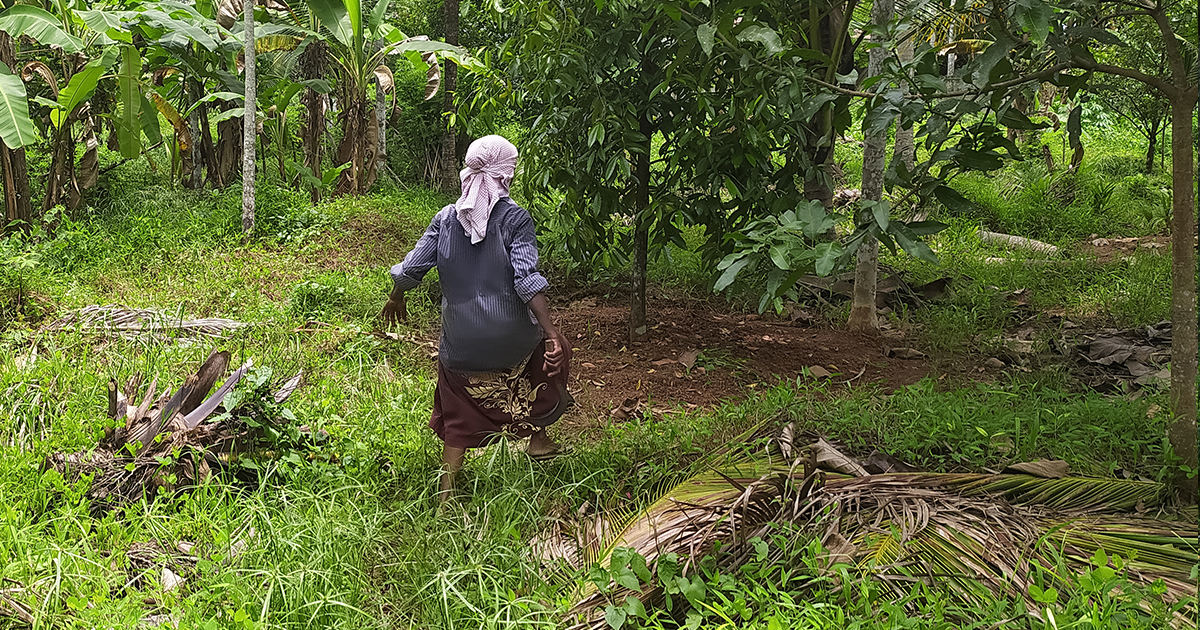Will India attain its forestry NDC target of achieving 2.5–3 billion tonnes of CO2 equivalent through additional forest and tree cover by 2030?
India's forestry NDC target is ambitious and therefore requires a well framed-strategy and a holistic approach to be accomplished. This policy brief presents an analysis of the impending challenges and summarizes the possible recommendations and a road map for meeting the NDC goals by 2030.

As part of its Nationally Determined Contributions (NDCs) in forestry, India has set itself a target of creating additional carbon sink of 2.5-3 billion tonnes of carbon dioxide equivalent (CO2e) through additional forest and tree cover by 2030.
To achieve this challenging goal, India needs to almost double its forest cover. As there is very little time left, India needs a well-framed strategy and a holistic approach with balanced political, financial, legal and institutional efforts. This needs to take into account various factors such as the country's large forest cover, agroforestry, forests along the road side, wastelands, river side forests, and other types of lands.
This policy brief titled, ‘Will India Attain Its Forestry NDC Target of Achieving 2.5–3 Billion Tonnes of CO2 Equivalent Through Additional Forest and Tree Cover By 2030?' was launched along with five other forestry policy briefs at the 2021 edition of TERI's flagship event, the World Sustainable Development Summit. It presents an analysis of the impending challenges in attaining the desired NDC goals through forestry, and summarizes the possible recommendations and roadmap for achieving the NDC objectives.
India needs to sustain the momentum of increasing its energy efficiency along with a high rate of afforestation to achieve the 2030 NDC targets. This target should be taken as an opportunity where all the related activities contributing to it will enhance ecological security and improvement of vast open forests of the country.

